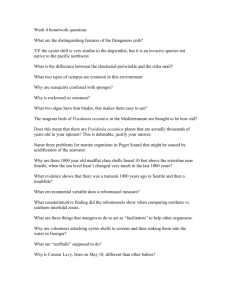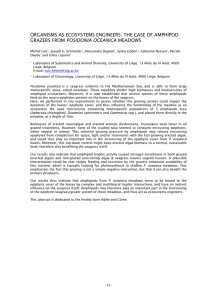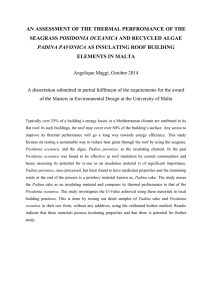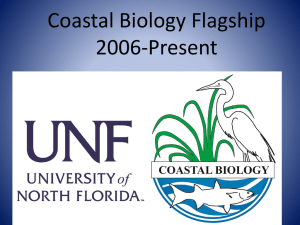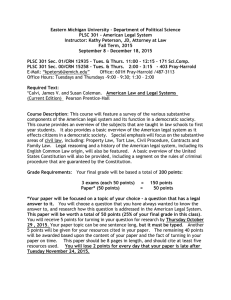Lenartz Fabian, Sylvie Gobert, Marilaure Grégoire, Jean-Henri Hecq, Gilles Lepoint,
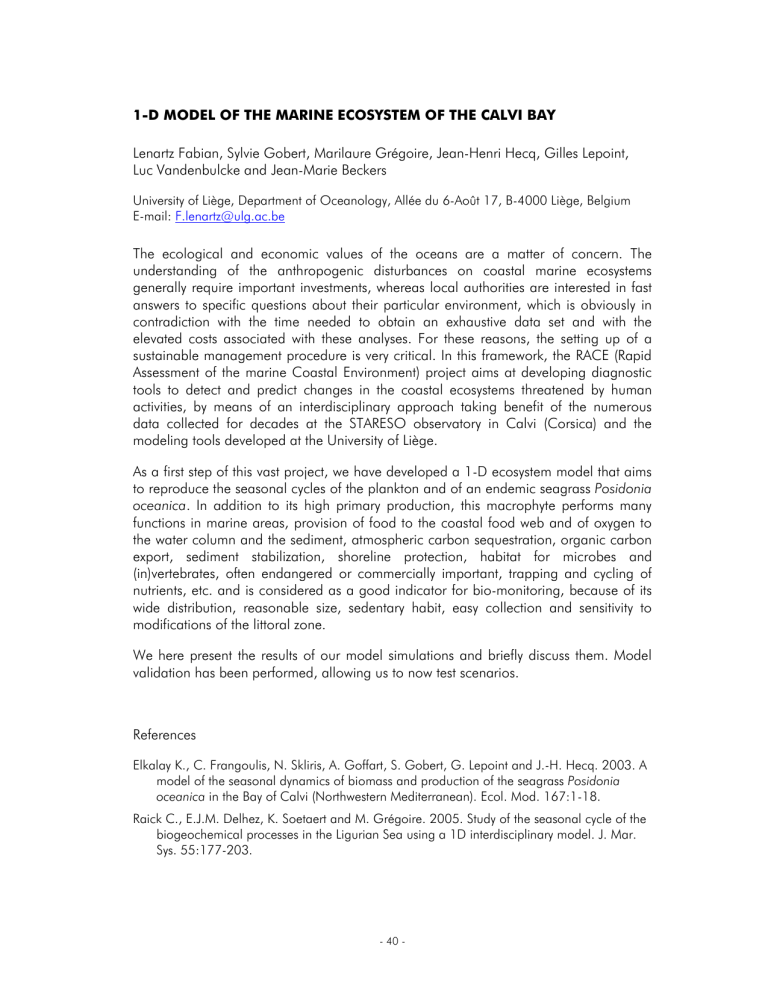
1-D MODEL OF THE MARINE ECOSYSTEM OF THE CALVI BAY
Lenartz Fabian, Sylvie Gobert, Marilaure Grégoire, Jean-Henri Hecq, Gilles Lepoint,
Luc Vandenbulcke and Jean-Marie Beckers
University of Liège, Department of Oceanology, Allée du 6-Août 17, B-4000 Liège, Belgium
E-mail: F.lenartz@ulg.ac.be
The ecological and economic values of the oceans are a matter of concern. The understanding of the anthropogenic disturbances on coastal marine ecosystems generally require important investments, whereas local authorities are interested in fast answers to specific questions about their particular environment, which is obviously in contradiction with the time needed to obtain an exhaustive data set and with the elevated costs associated with these analyses. For these reasons, the setting up of a sustainable management procedure is very critical. In this framework, the RACE (Rapid
Assessment of the marine Coastal Environment) project aims at developing diagnostic tools to detect and predict changes in the coastal ecosystems threatened by human activities, by means of an interdisciplinary approach taking benefit of the numerous data collected for decades at the STARESO observatory in Calvi (Corsica) and the modeling tools developed at the University of Liège.
As a first step of this vast project, we have developed a 1-D ecosystem model that aims to reproduce the seasonal cycles of the plankton and of an endemic seagrass Posidonia oceanica . In addition to its high primary production, this macrophyte performs many functions in marine areas, provision of food to the coastal food web and of oxygen to the water column and the sediment, atmospheric carbon sequestration, organic carbon export, sediment stabilization, shoreline protection, habitat for microbes and
(in)vertebrates, often endangered or commercially important, trapping and cycling of nutrients, etc. and is considered as a good indicator for bio-monitoring, because of its wide distribution, reasonable size, sedentary habit, easy collection and sensitivity to modifications of the littoral zone.
We here present the results of our model simulations and briefly discuss them. Model validation has been performed, allowing us to now test scenarios.
References
Elkalay K., C. Frangoulis, N. Skliris, A. Goffart, S. Gobert, G. Lepoint and J.-H. Hecq. 2003. A model of the seasonal dynamics of biomass and production of the seagrass Posidonia oceanica in the Bay of Calvi (Northwestern Mediterranean). Ecol. Mod. 167:1-18.
Raick C., E.J.M. Delhez, K. Soetaert and M. Grégoire. 2005. Study of the seasonal cycle of the biogeochemical processes in the Ligurian Sea using a 1D interdisciplinary model. J. Mar.
Sys. 55:177-203.
- 40 -




